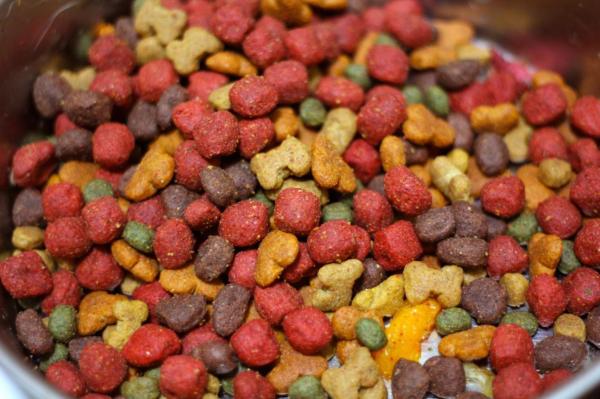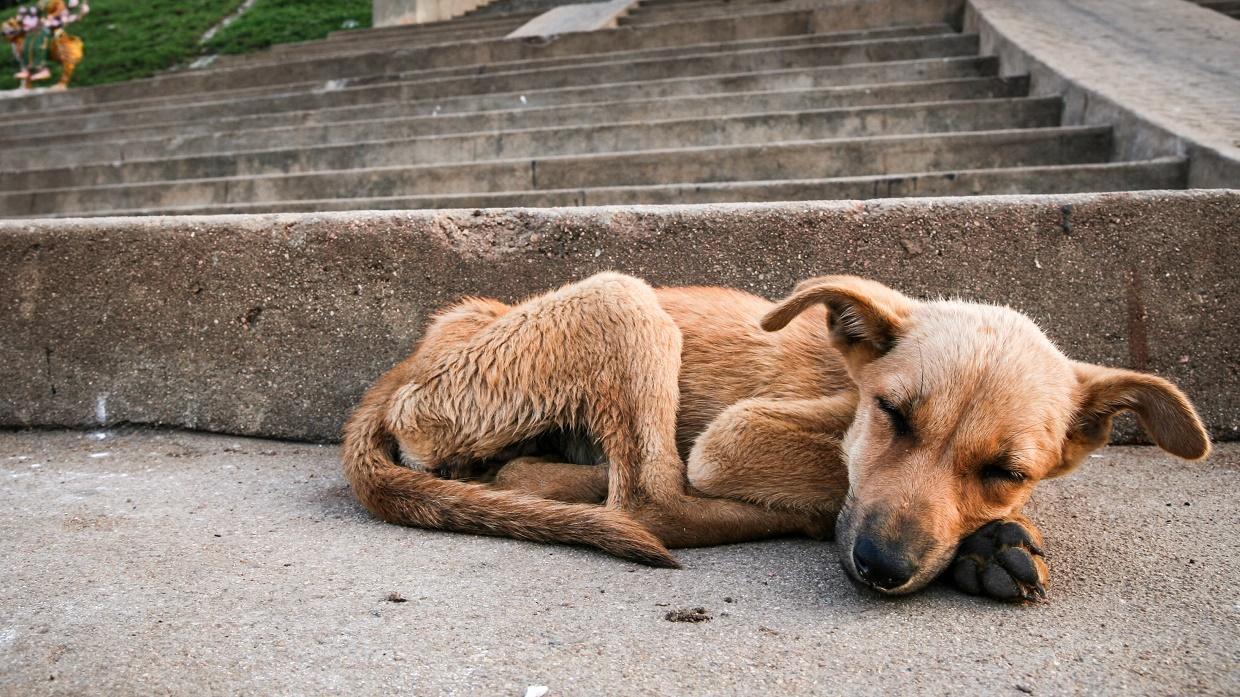How to Care for and Feed a Malnourished Dog



See files for Dogs
Malnutrition is defined as a widespread nutrient deficiency and its causes can be diverse. Causes such as an infestation by intestinal parasites or a symptom leading to the poor absorption of nutrients. However, most cases of malnutrition occur in abandoned dogs.
Taking in an abandoned dog is one of the most rewarding things we can do. We know from the experience that these animals later manifest infinite gratitude.
You should know, however, that a dog in a state of malnutrition requires your full attention. So, in this AnimalWised article we will tell you how to care for and feed a malnourished dog.
Symptoms of a malnourished dog
The most characteristic feature of a malnourished dog is its extreme thinness. You will observe no fat and muscle mass. Consequently their bone structures will be clearly visible to the naked eye.
However, there are other symptoms present in a dog suffering from malnutrition:
- Vomiting and diarrhoea
- Dull fur
- Scaly skin and bald body areas
- Lethargy and weakness

Go to the vet
Veterinary care is a priority when we are treating a malnourished dog. Some cases are so serious that rehydration and even parenteral nutrition, i.e. intravenous feeding, must be used.
The vet will also determine the existence of other diseases that may have been caused by malnutrition. Then they can establish whether there is any predominant specific nutritional deficit which should be considered for subsequent dietary treatment.
Feeding a malnourished dog
When we encounter a malnourished dog that looks like skin and bones, our first instinct is to feed them a lot of food. However, this can be extremely detrimental to starved dogs. Their digestive system is not ready for excess food and this could lead to a wide range of gastrointestinal symptoms, or even death. This physical reaction is called refeeding syndrome and its symptoms are as follows:-
- muscle weakness
- muscle cramps
- heart muscle damage and rhythm irregularities
- seizures
- red blood cell rupture
- respiratory failure
Start with several, small meals of high-quality food around four times a day. The American Society for the Prevention of Cruelty to Animals recommends using a high-end dry food for puppies, even if we are treating an adult dog. This type of feed is the richest in calories and nutrients, which are absolutely necessary for a malnourished dog. During the first days of treatment this should be mixed with wet feed, so the water content is increased as well as the fat content. Of course, if the dog starts suffering from diarrea, cut down on the portion size.
Omega 3 and 6 fatty acid supplements are also beneficial to a dog recovering from malnourishment. Dietary nucleotides are important contributors to the formation of DNA and RNA. They assist in many metabolic activities of healthy cells. Diets rich in meat provide adequate nucleotides.
Assisted (forced) feeding may be necessary if they don't consume the correct amount after two days. Consult your vet regarding how best to force feed the dog.
Remember to always have fresh, clean water at their disposal.

Other care for a malnourished dog
Due to the low percentage of body fat in a malnourished dog they will have great difficulty in maintaining their body temperature. They will therefore need external help. This means that they must have a warm and comfortable space. Provide them with a soft bed and have several blankets available.
It is important that a malnourished dog can easily absorb all the nutrients you offer them. To improve the function of the digestive system one of the best options is to start treatment with probiotics for dogs.
Make regular visits to the vet
It is not only important that the dog receives an initial veterinary assessment but it is essential to go to the vet regularly, until the dog regains their optimal body weight.
The reason for these periodic visits is to monitor the nutritional treatment and adapt it. Although you may have given them the necessary care and food for a malnourished dog, their response may not be to the standard it should be.
If you found this useful, you may be interested in: How to Help a Malnourished Cat

If you want to read similar articles to How to Care for and Feed a Malnourished Dog, we recommend you visit our Basic care category.











